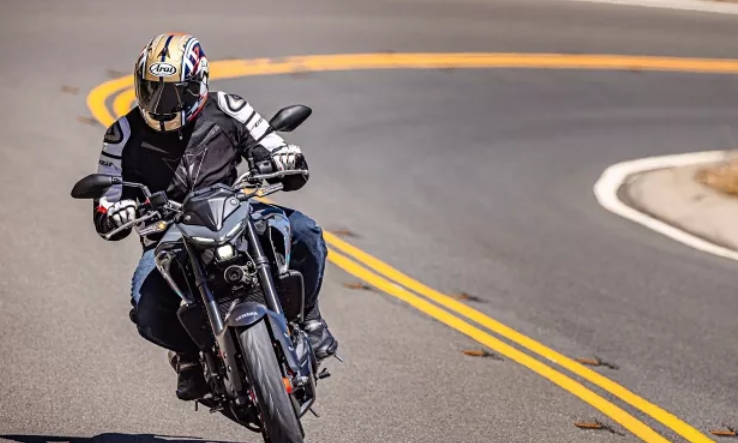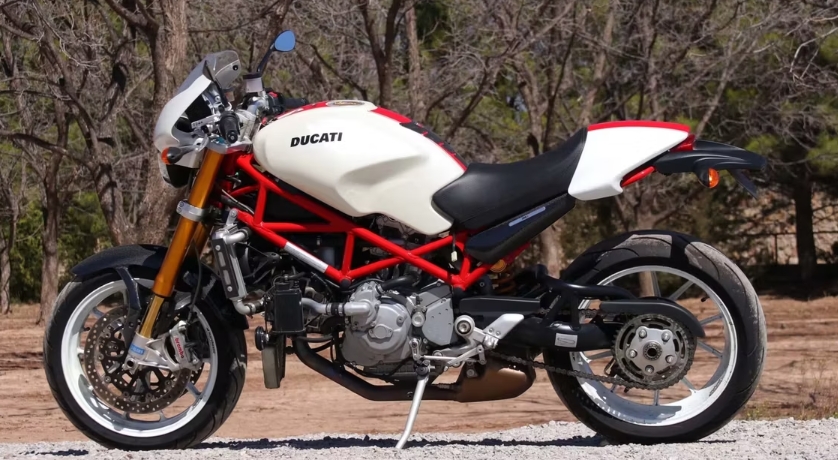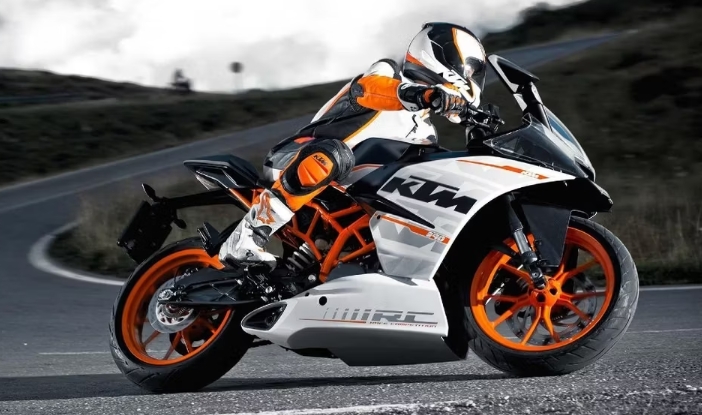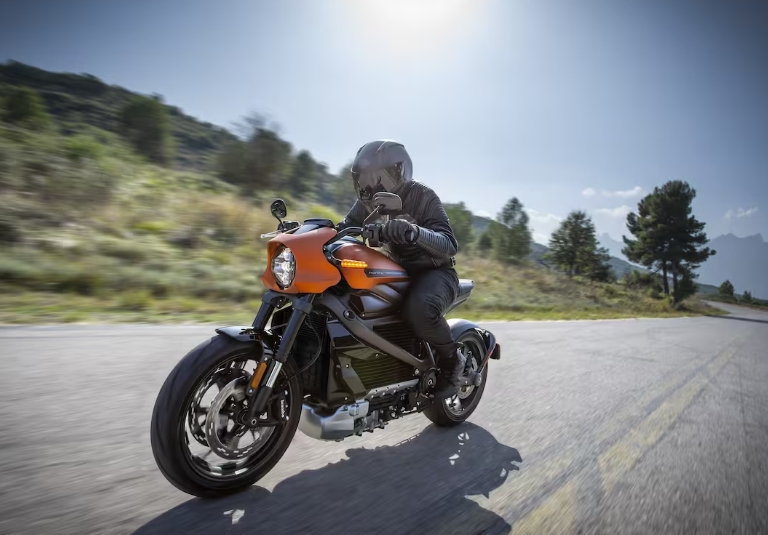When it comes to efficiency, cost-effectiveness, skill development, and exploration, nothing surpasses a bicycle. The fusion of the early 20th Century “safety bicycle” with a basic engine gave birth to the familiar motorcycle design we have today. Thus, at their core, motorcycles are uncomplicated and efficient machines, a quality they have maintained for over a century.
However, the sustenance and advancement of any consumer product require more than just efficiency. The additional secret ingredient lies in how motorcycles fulfill essential aspects of our lives, from the sheer delight of being in motion, to the gratification of problem-solving, to fostering social interactions, to nurturing a unique skillset that sets enthusiasts apart from the average person. Continue reading to explore seven compelling reasons why you might consider riding a motorcycle.
I – Ease of Movement
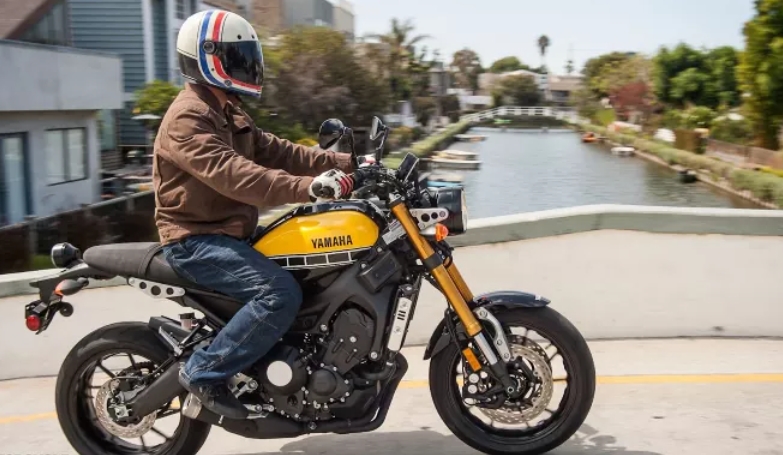
In a study conducted several years ago, motorcycle commuting outperformed car driving, bus rides, cycling, walking, and even running when it came to speed and convenience. In summary, it emerged as the swiftest and most hassle-free method of commuting, excelling in navigating through traffic congestion and offering easy, and sometimes free, parking options. The only aspect where motorcycle commuting didn’t match up was in providing the physical exercise that pedestrians and cyclists enjoy. Nevertheless, the time saved by commuting on a motorcycle in both directions, five days a week (or thereabouts, considering today’s remote work practices), allows ample time for regular workouts.
II – Saving Money
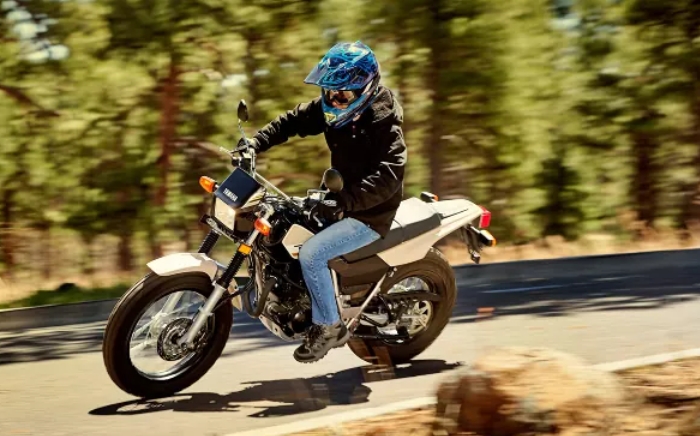
Motorcycles can easily outperform hybrids in terms of fuel economy. If you’re looking to maximize your transportation budget, consider purchasing an affordable used street bike with a 100cc to 125cc engine from the 1970s or 1980s, and you can expect to achieve 100 miles per gallon or close to it. That’s twice the mileage you might get from a new hybrid car. With just a few thousand dollars for the bike and relatively inexpensive insurance, you can significantly reduce your transportation expenses.
If your journeys involve traveling on freeways or tollways, consider upgrading to a motorcycle with a displacement of 150cc or higher – or follow your state’s threshold requirements (typically, larger engines are more suitable). In certain situations, you’ll discover that the HOV lanes are legally accessible to motorcycles, even if you’re riding alone. By the way, it’s advisable to review your automobile roadside assistance policy to ensure that it covers motorcycle flatbed towing. In our case, it didn’t, but we resolved it by adding an affordable supplemental plan.
III – Social Engagement
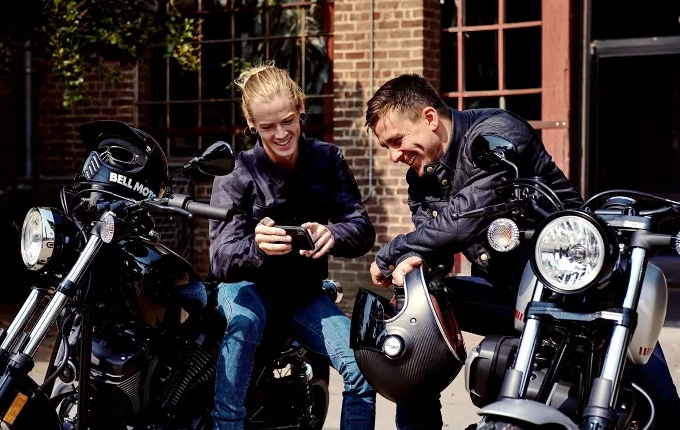
A scene from “On Any Sunday” perfectly captured the social aspects of motorcycling – in this instance, a relaxed day of “cow-trailing” with friends. Bruce Brown’s narration conveyed:
“There’s an indescribable feeling of freedom and joy when you go riding with your friends. It’s something that can only be fully understood by those who have experienced it themselves.”
When coupled with the film’s visuals, featuring Mert Lawwill, Steve McQueen, and Malcolm Smith riding together on dirt paths and sandy dunes, these scenes have likely motivated countless individuals, if not millions, to forge the same connections.
Once you hit the open road on a motorcycle, you’ll uncover a remarkable sense of organic social connection. Riders who are complete strangers, and may never cross paths again, exchange waves and nods as they pass. When you park your bike at a store or restaurant, it becomes a magnet for curious onlookers, making you an intriguing conversation starter. After all, the fact that you ride a motorcycle makes you inherently fascinating. And because all riders share similar experiences – from the thrill of exploration and moments of awe to facing heat, cold, wind, and even a touch of danger – every encounter with fellow riders becomes an opportunity to bond over something profound and shared.
IV – Pursuit of Pleasure
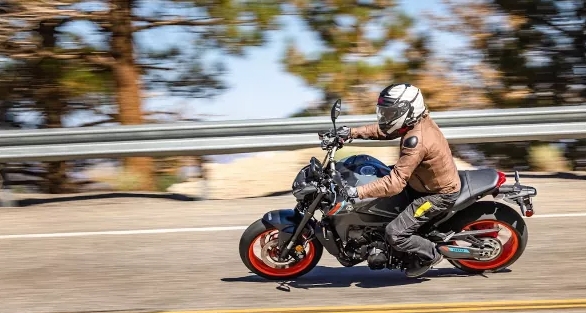
Enthusiasts of motorcycling frequently express that they experience an improved mood while riding and even after they’ve finished a ride. But what’s the secret behind this positive shift? We suggest that because riding a motorcycle demands your complete focus, it effectively transports you away from the everyday concerns and stresses that often linger in the back of your mind. In essence, motorcycling provides a welcome respite from worries, offering therapeutic benefits by allowing you to temporarily distance yourself from them.
Moreover, the act of riding a motorcycle brings a deep sense of pleasure. It engages a far more comprehensive range of skills compared to sitting at a desk typing, working in construction, or being a healthcare professional. Motorcycling not only nourishes us intellectually but also indulges our senses. If you’re familiar with it, you understand. And if you’re not, give it a try. You’ll soon discover that the distinct sensory experiences of riding are undeniably enjoyable.
V – Testing Yourself
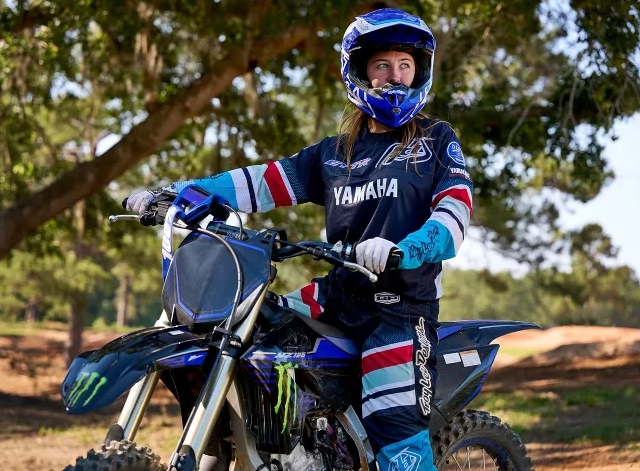
For those with a particular mindset, they often gravitate towards challenging and perhaps even risky pursuits because they relish the idea of mastering them. Remember when your mom used to shout, “Don’t run with scissors!”? If that resonates with you, then acquiring the skills of motorcycle riding may eventually lead to a desire for speed and the quest for places to push your limits even further. In such a pursuit, the track becomes the only logical and safe environment to explore your boundaries.
If you’re interested in off-road riding, you can simply drive to most motocross tracks, pay a fee (sometimes including an annual membership), and then hit the trails. The learning process is largely self-driven unless you opt for formal training at a dirt-oriented school specializing in trials, motocross, and similar disciplines. On the other hand, if you prefer asphalt riding, the process is distinct. Even at a track day, your motorcycle and gear will typically need to pass a thorough technical inspection, and you’ll select or be assigned to a specific rider skill group. Track sessions are highly organized, with corner workers and emergency medical services on standby — a significant step up in terms of structure compared to off-road riding.
The next natural progression involves enrolling in a race school and subsequently participating in races as a beginner or novice. Following this path will rigorously evaluate your skills, physical conditioning, concentration, and determination. We strongly advocate for this route as a more rewarding option compared to continually pushing the limits on public roads or off-road trails.
VI – Building Skills
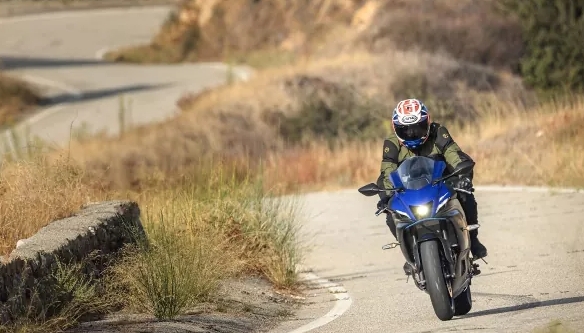
Undoubtedly, motorcycling demands individual resourcefulness and accountability. If you lack balance skills, a tumble is inevitable. When faced with a flat tire, you must either repair it yourself or seek assistance. If you find yourself stuck in the sand, it’s up to you to dig your way out. These are just a few of the simpler challenges that can arise if you make a mistake or misjudge a situation. Consequently, every ride necessitates you don your “learning cap” because there is always room for improvement, a chance to revisit crucial lessons, and an opportunity to rectify any bad habits.
For instance, if you’re experienced in both off-road and on-road riding, you can apply your off-road terrain-reading skills to the pavement. This means being attentive to potential hazards like water or sand patches on the road, cracks or potholes in the asphalt, changes in road camber in turns, or oil slicks at intersections. These habits, honed from off-road riding, can seamlessly enhance your skills on the road. Similarly, when riding in a group, adopt the role of a vigilant teacher overseeing a test. Pay attention to whether the riders move in sync, maintain ample space for swift evasive actions, and avoid lingering in each other’s blind spots. By keenly observing these aspects, you’ll discover valuable insights. In essence, riding fosters continuous learning and personal growth.
VII – Expanding Your World
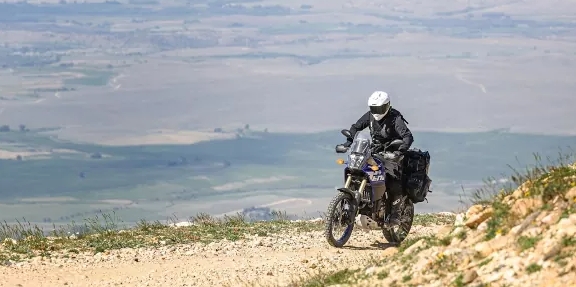
Aside from flying an ultralight aircraft, there’s likely no superior method of exploration than traveling on a motorcycle. Whether your journey leads you along the Alaska Highway, follows an ancient coastline, or weaves through long-forgotten Midwestern towns via scenic backroads, the motorcycle provides an unparalleled sense of discovery and adventure.
Several factors contribute to this phenomenon. Firstly, while riding a motorcycle, your exposed position and the absence of obstructive pillars and panels provide a broader field of vision, allowing you to see more of your surroundings. Secondly, being on a motorcycle allows you to genuinely connect with the environment, as opposed to being shielded from it by metal and glass (and with the climate control set to “Comfortably Numb”). Lastly, akin to a hunting dog pursuing its prey, on a motorcycle, you can easily execute U-turns, backtrack, and venture down side paths and dead-end roads. Rest assured, these actions would be infrequent in a large pickup, camper, or low-slung car, but on a motorcycle, you’ll embrace such opportunities simply because you can.

